Navigating Production Constraints in Packaging Manufacturing
Staying agile while meeting stringent production demands requires a nuanced approach to production planning and purchasing. For a Purchasing Manager, effectively managing materials within a constrained production environment can be a challenging endeavor. From machine availability to labor shortages, production constraints can cause costly bottlenecks, delays, and disruptions if not addressed proactively.
Leveraging advanced scheduling tools like PlanetTogether in tandem with robust ERP systems such as SAP, Oracle, Microsoft, Kinaxis, or Aveva, can create a more streamlined, constraint-aware purchasing process.
In this blog, we will explore how the integration of PlanetTogether with these ERP systems can provide Purchasing Managers with the insights needed to overcome production constraints and maintain a smooth, agile supply chain. By addressing these issues, purchasing departments can anticipate production needs, minimize material shortages, and support continuous operations in the face of changing demands.

Production Constraints in Packaging Manufacturing
Production constraints in packaging manufacturing can stem from a variety of sources, including:
Machine Capacity and Availability: Limited machine capacity can quickly become a bottleneck, particularly during peak production times or if machines are down for maintenance.
Labor and Skills Shortages: Shifts in the workforce can impact production rates, especially if skilled labor is required for specific tasks.
Material Availability: Raw materials, especially those with long lead times, must be managed carefully to ensure they are available when needed. This requires accurate forecasts and responsive purchasing.
Production Downtime and Maintenance: Scheduling downtime for machine repairs and preventive maintenance is crucial to avoid unexpected halts, but this needs to be carefully balanced with production demands.
Demand Variability: Packaging manufacturing often faces fluctuations in demand based on seasonality, consumer trends, and market conditions, which can stress production planning and material availability.
The challenge for Purchasing Managers lies in balancing these constraints with material sourcing and procurement. Decisions about when and how much to purchase are influenced by the production schedule and must account for capacity and demand.
![]()
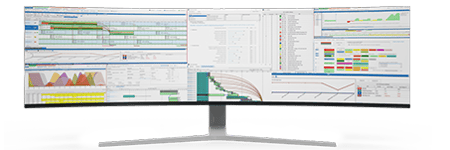
The Role of PlanetTogether in Addressing Constraints
PlanetTogether's advanced planning and scheduling (APS) system is designed to optimize production schedules by considering real-time production constraints. For Purchasing Managers, this means having a clearer view of material needs and the optimal timing for procurement. By integrating PlanetTogether with ERP systems like SAP, Oracle, Microsoft, Kinaxis, or Aveva, companies can build a seamless data flow that improves planning, purchasing, and production outcomes.
Key Benefits of PlanetTogether Integration:
*Enhanced Visibility into Production Schedules
PlanetTogether provides real-time visibility into production schedules, helping purchasing departments stay ahead of upcoming material requirements.
*Adaptive Planning with Real-Time Updates
As production constraints change (e.g., machine downtime or labor shortages), PlanetTogether can adjust the schedule dynamically, allowing Purchasing Managers to adapt their plans accordingly.
*Informed Decision-Making on Inventory Levels
PlanetTogether helps determine the ideal inventory levels, ensuring enough materials are available without overstocking, which can lead to high carrying costs and waste.
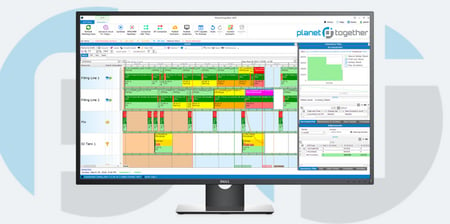
Integration with ERP Systems: Creating a Unified Supply Chain Management System
Integrating PlanetTogether with ERP systems provides a unified platform where data flows seamlessly between production, purchasing, and inventory management. ERP systems such as SAP, Oracle, Microsoft Dynamics, Kinaxis, or Aveva are commonly used in packaging manufacturing for their robust capabilities in financial management, procurement, and operations. However, ERP systems often lack the granularity needed to optimize production schedules in real-time.
The integration with PlanetTogether fills this gap, enabling ERP systems to leverage production constraints for a more responsive purchasing strategy. Here’s how ERP integration enhances purchasing decisions:
Real-Time Demand and Production Data
By integrating PlanetTogether with ERP, Purchasing Managers gain real-time data on material requirements based on up-to-the-minute production schedules. This reduces the risk of purchasing unnecessary materials or running into material shortages due to schedule changes.
Automated Reordering with Constraint Consideration
Many ERPs offer automated reorder points, but without production data, these points can lead to inaccurate stock levels. With PlanetTogether, reorders can be triggered based on actual production demand, accounting for machine and labor availability constraints.
Enhanced Forecast Accuracy
ERP systems provide historical data for long-term forecasts, while PlanetTogether brings in short-term adjustments based on current constraints. Together, they offer a balance of strategic forecasting and tactical adaptability.
Improved Communication Across Departments
An integrated system fosters better communication and alignment between production, purchasing, and inventory teams, helping everyone work toward shared objectives.

Practical Steps for Managing Purchasing with Production Constraints
To implement an effective purchasing strategy within a constrained environment, consider the following steps:
1. Establish a Feedback Loop Between Production and Purchasing
With PlanetTogether integrated with your ERP, a feedback loop can ensure that purchasing decisions remain aligned with production changes. When production schedules adjust due to constraints, purchasing can quickly react by modifying orders or expediting shipments. This real-time response mechanism minimizes costly last-minute purchases or production halts due to insufficient materials.
2. Utilize Constraint-Based Planning to Inform Purchasing
PlanetTogether’s APS system allows you to model production constraints and assess their impact on scheduling. With these insights, you can adjust purchasing quantities based on actual needs rather than fixed forecasts. For instance, if machine capacity limits production throughput, you may reduce purchasing quantities to prevent excess inventory, which can tie up working capital.
3. Implement a Just-in-Time (JIT) Strategy with Real-Time Data
While a Just-in-Time (JIT) strategy helps reduce carrying costs, it’s only effective when you have precise, real-time visibility into production schedules and constraints. By linking PlanetTogether with your ERP, you can implement JIT practices with confidence, knowing that you’ll have materials on hand precisely when needed.
4. Optimize Supplier Relationships for Flexibility
Suppliers play a critical role in navigating production constraints. Using data from PlanetTogether and ERP, you can provide suppliers with more accurate forecasts and establish agreements for expedited orders when constraints disrupt schedules. Developing flexible terms with suppliers, such as variable lead times or inventory on consignment, can help mitigate risks associated with demand variability.

Embracing Data-Driven Purchasing in Constrained Environments
Managing purchasing within a constrained production environment requires a shift from reactive to proactive decision-making. PlanetTogether, integrated with your ERP system, provides the insights necessary to adapt to real-time production needs. This approach can lead to:
Increased Cost Efficiency: Aligning purchasing with actual production demand reduces unnecessary inventory costs and minimizes the risk of stockouts.
Higher Production Stability: By keeping materials aligned with production schedules, the risk of production downtime due to material shortages is minimized.
Enhanced Supplier Relationships: When purchasing decisions are backed by data, suppliers can be more responsive, fostering relationships based on transparency and reliability.
In a competitive landscape, the ability to manage production constraints with agility is a key differentiator. For Purchasing Managers in packaging manufacturing, the integration of PlanetTogether with ERP Systems like SAP, Oracle, Microsoft, Kinaxis, or Aveva opens up new avenues for efficiency, flexibility, and resilience in the face of production challenges.
By leveraging these technologies, you can create a purchasing strategy that not only meets today’s production needs but is also prepared for the demands of tomorrow.
Are you ready to take your manufacturing operations to the next level? Contact us today to learn more about how PlanetTogether can help you achieve your goals and drive success in your industry.
Topics: PlanetTogether Software, Integrating PlanetTogether, Enhanced Forecast Accuracy, Packaging Manufacturing, Enhanced Visibility into Production Schedules, Adaptive Planning with Real-Time Updates, Automated Reordering with Constraint Consideration, Informed Decision-Making on Inventory Levels, Real-Time Demand and Production Data, Improved Communication Across Departments







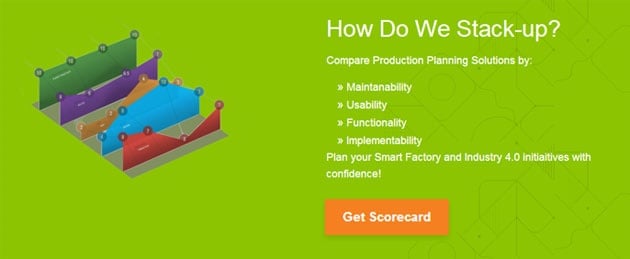

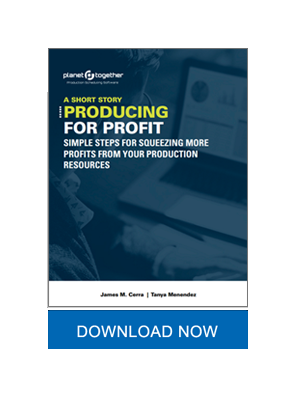
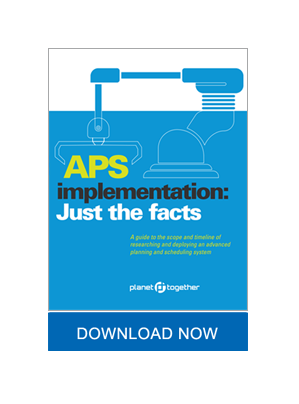
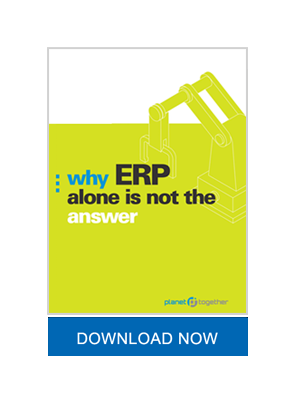







LEAVE A COMMENT